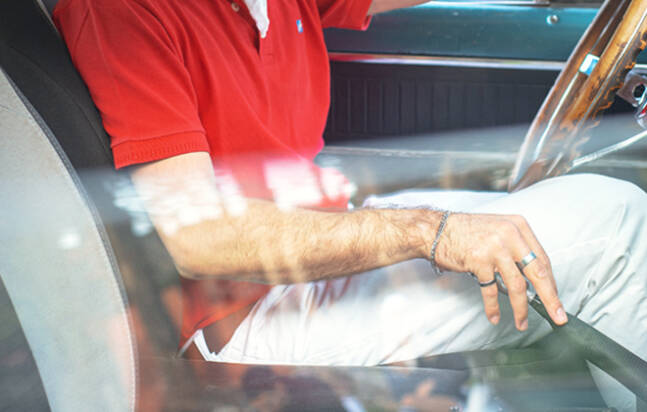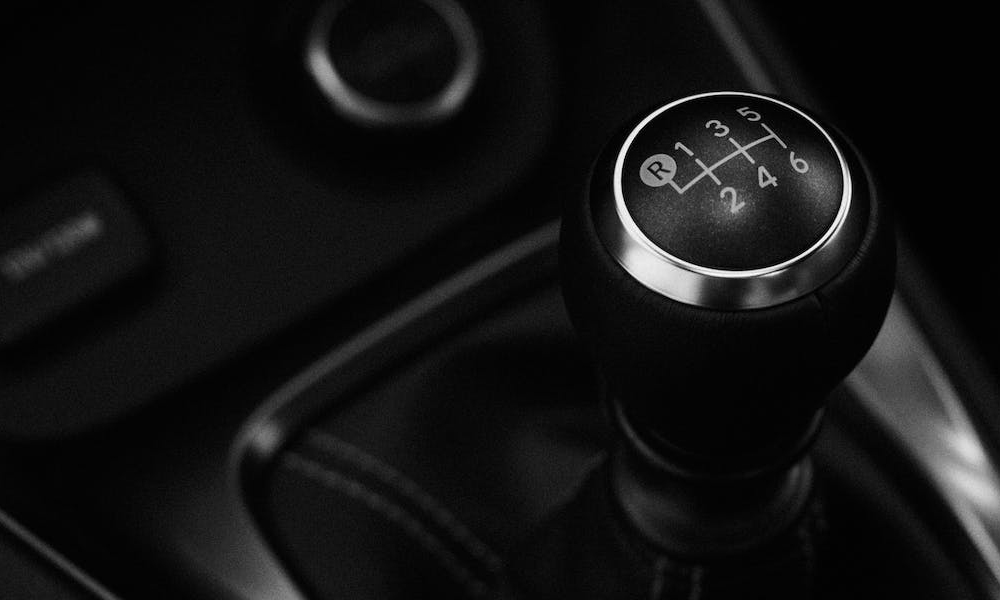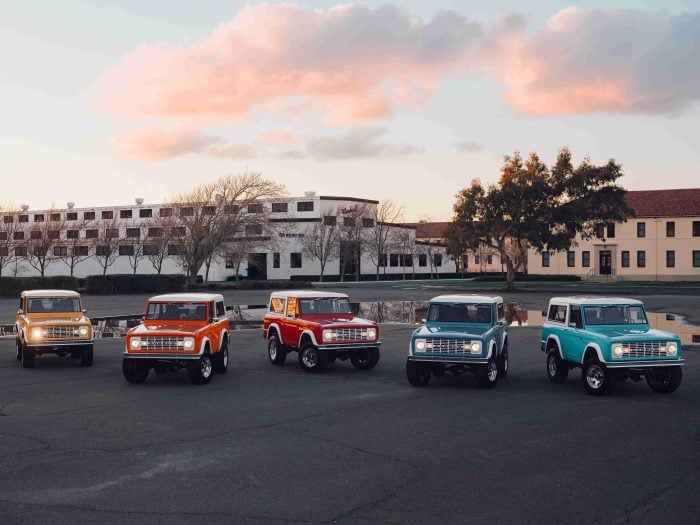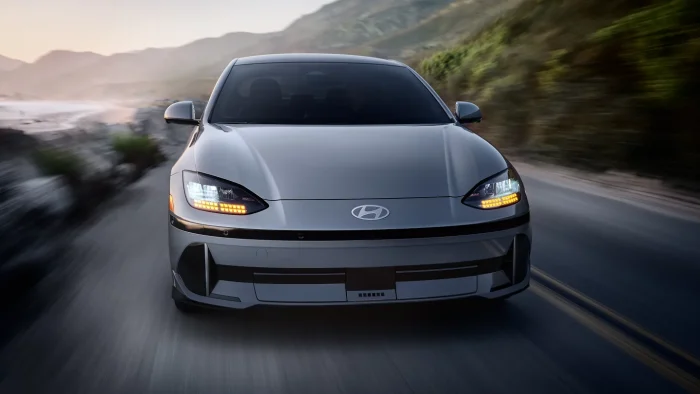It was a blue 1999 Honda Accord EX with gray leather, fog lights, and a power moonroof. It wasn’t sexy, expensive, or particularly fancy, but it was my first manual transmission car. Even at that time, very few sedans in dealer lots were available with a stick shift, so I had to special order it and then waited about a month to get it. When the call came that the car was ready for pickup, I had to ask a good friend to come with me to drive it back to my house. I wasn’t very good at driving stick, so I wanted to get it home in one piece and practice on local roads that evening. I drove it to work the next morning and stalled it numerous times on the hilly streets of northern Virginia. Drivers behind me at intersections honked impatiently. Red-faced but utterly thrilled that I was the new owner of a stick shift car, I was hooked.
I fell in love with three pedals and roping my own gears, so much that I sold the Accord two years later and bought a 2001 BMW 325Ci with a five-speed manual. Stick shift plus rear-wheel drive equals joy. I looked for reasons to drive it anywhere, and it was a thrill each and every time. I took it to SCCA Driving School and learned how to autocross it. I never again owned a personal vehicle with an automatic transmission.
I hope every car I own until I die has three pedals, but the outlook is bleak.

Why Manual Transmissions are So Fun To Drive
Driving a manual transmission is all about connection to the vehicle, the road, and the entire driving experience. There’s something very analog about it all, and in order to drive a manual transmission car well, you have to pay attention to just about everything going on. Sure, there are paddle shift Ferraris and Lamborghinis that are wonderful to drive, but something is missing in the formula. When it comes to what’s known as automated manual transmissions, the driver must look at the gear display on the instrument cluster to know what gear the vehicle is in.
In a manual transmission car, the driver always instinctively knows what gear the car is in based on the position of the gearshift knob, which you can feel with your hand instead of having to look at a display. In just a short time, the driver is intimately familiar with it and doesn’t even need to look at the shift pattern to know the gear the car is in. That’s part of the connection to the vehicle that an automatic or even a paddle shift automatic can never provide. Couple that with the clutch pedal which disengages and re-engages the engine from the transmission, and you have a balletic play of driver and machine that can’t be matched by any automatic transmission.
Ironically, manual transmission car sales have become hot ticket items for collectors and have held their value as new manual car production slows. Only about 1 percent of cars produced for sale in America have a manual transmission, according to a recent story in the New York Times, and a mere 18 percent of American drivers know how to use a manual transmission. Some refer to stick shift as the “millennial anti-theft device” because few people actually know how to operate a manual transmission car. Stories on the web of such occurrences abound. Would-be carjackers attempt to steal a car only to find themselves unable to drive it away.
BMW now only has three cars with manual transmissions, the fast and pricey M2, M3, and M4. Not even the venerable 3-Series was able to retain its manual transmission as BMW ditched the option in 2019, a truly sad milestone for a car that helped define the sports sedan category. Even exotic sports cars, once famous for manual transmissions, are doing away with them. In 2009, Ferrari built its final manual transmission car, the F430. Lamborghini made the final 6-speed manual shifting car, the Gallardo, in 2014. In terms of mainstream automobiles, there are only about 30 vehicles left in the industry that are sold with manual transmissions in 2023, and that number will continue to decline even if some new models like the all-new 2023 Acura Integra can be outfitted with stick shift. In other positive news, the 2024 Toyota GR Supra 3.0 has an available manual transmission, largely created in response to customer feedback. It’s a rare move that the industry is unlikely to see again.
Electrification Will Kill the Stick Shift
EV adoption might seem like it’s slow, but the growing wave of electrification in the auto industry is an inevitability, as virtually every automaker is in the EV space or will be soon. California is moving to end the sale of new gas-powered cars by the year 2035. Eight states are planning tofollow, according to CNET. EVs only have single-speed transmissions and don’t require gearshifts.
As EV sales continue to grow, the sales of manual transmission cars will initially get hit the hardest. A painful example comes by way of Volkswagen. It just announced that as the continue their EV strategy, manual transmissions in their iconic Golf GTI and Golf R hot hatch cars will be eliminated after the 2024 model year. Subsequently, it announced an electric GTI.
A recent article by CNN reported that Toyota is working on a what’s known as a virtual manual transmission for electric vehicles that will mimic some of the feel of a real manual by using engine braking and intentional “shaking” when drivers don’t “shift” in a timely fashion. There will, of course, be no actual shifting occurring, and it will certainly not take the place of the feel and action of a real manual transmission. If this is what the future of manual transmissions looks like, I’m not sure I want to be a part of it.
The only hope for manual transmission devotees is the used car market. Those who currently own stick shift cars will be grandfathered in when the EV laws kick in state-by-state. I’ve made the promise to all of my kids that the last car I will own will be a manual transmission, and they will all learn how to drive it. It’s the best I can do.




